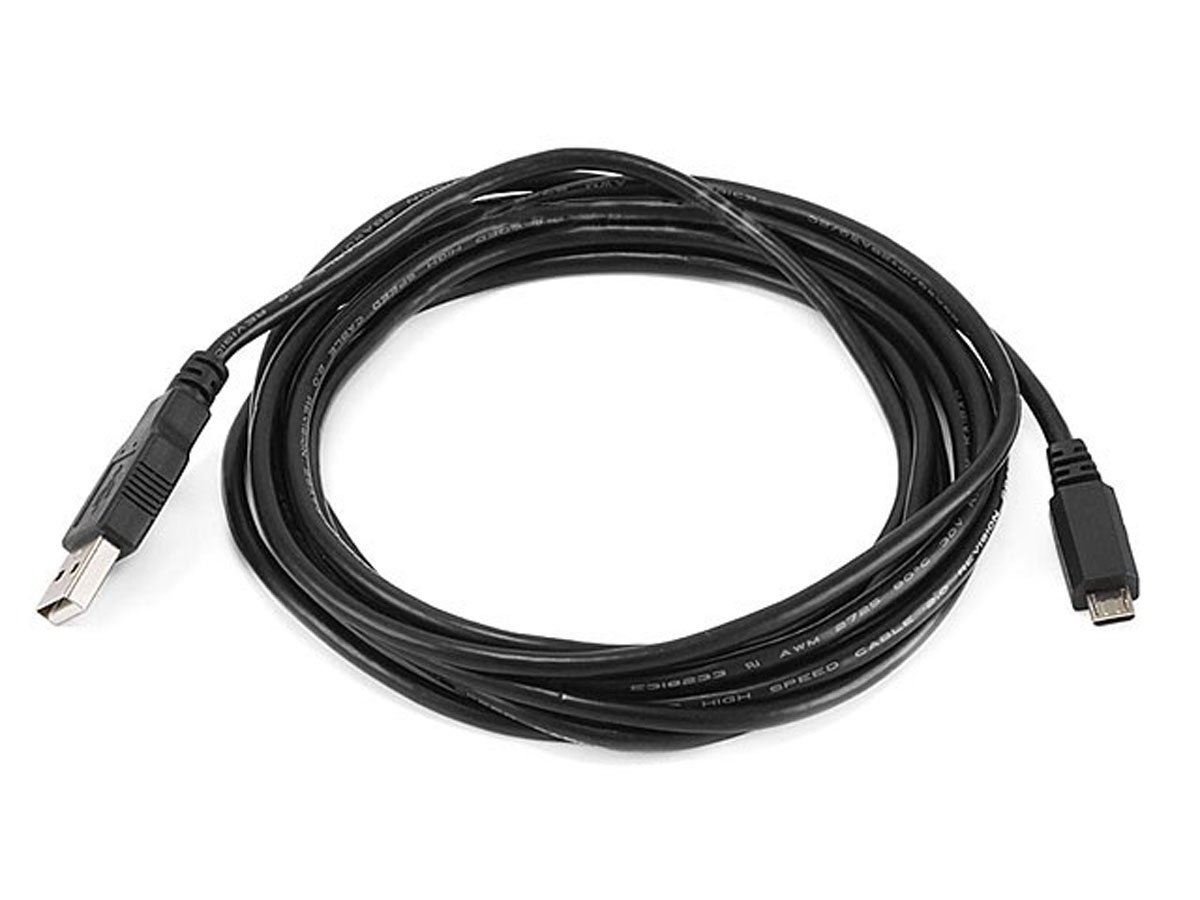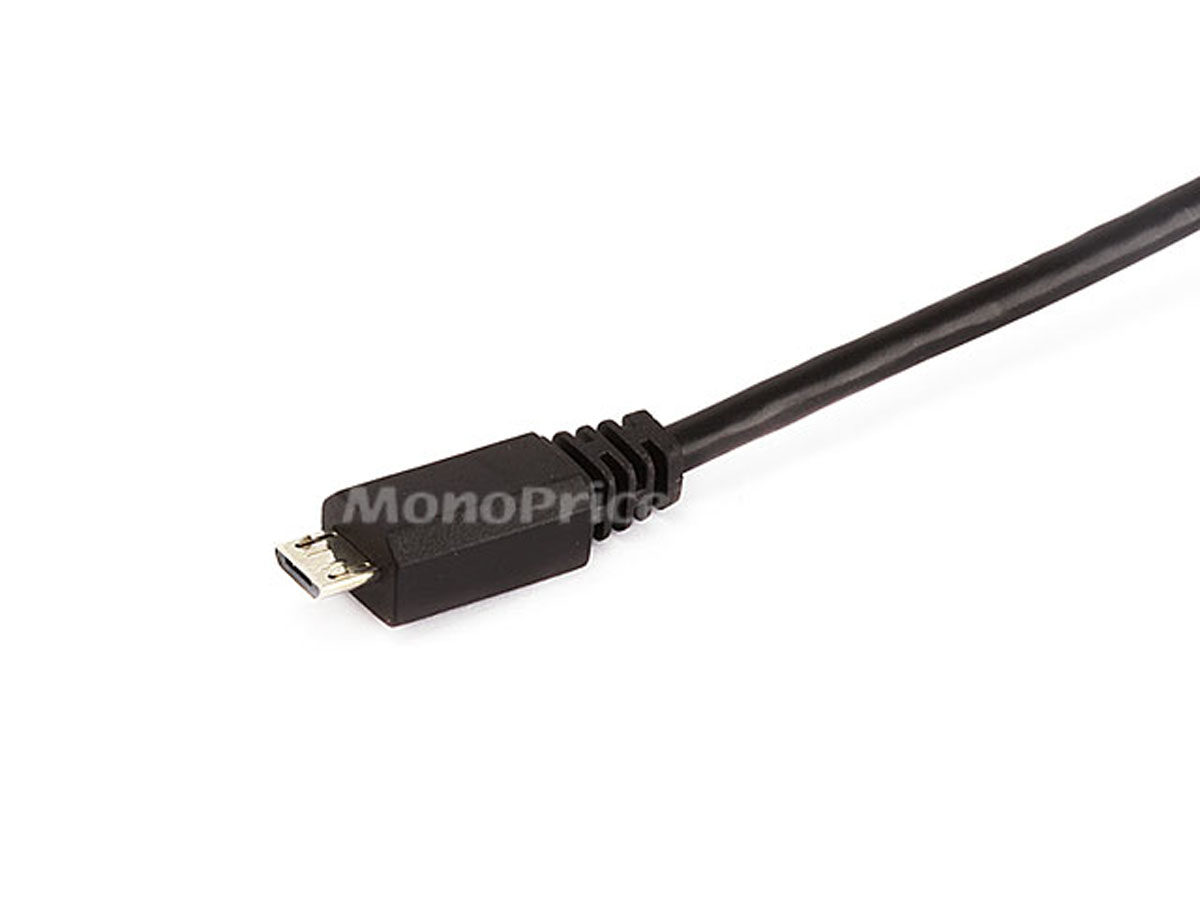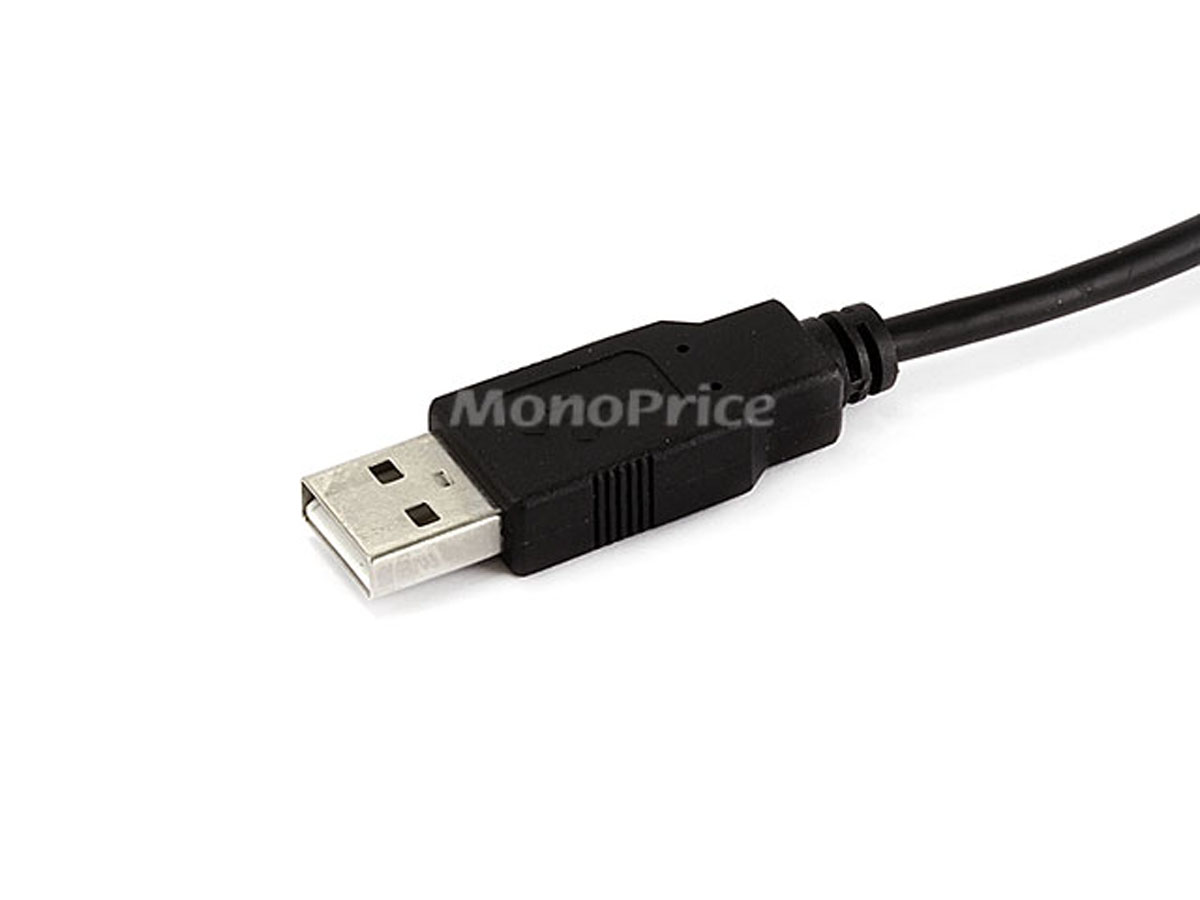so YAY!
I received my iRig Acoustic Stage via FedEx today @ 10:40am.
I have not given it a full test yet, but here are a few first impressions:
- The box/packaging feels much like an Apple product, as such it inspires confidence that the prize inside will be magnificent (like when you get your first ever iOS device)
- Inside is a manual, quickstart guide and registration number, with a link for registering and another to download free software
- open the flap and you are greeted by a nice square-shaped zippered case, sort of a leathery feel, about the length and width of an audio CD jewel case and about 1.5" thick
- opening the beefy (nice) zippers and the case opens and has a large mesh pocket on each side to hold the goodies in place.
- included are:
- putting it all together was easy, but trying to remove the belt clip is going to require me to RTFM. Removing the belt clip is necessary to change the batteries. My first thought was that I hope they sell replacements in case the clip gets broken
- build quality is very good on the preamp. nothing rattles and it does not feel cheap, but due to it being very light (which is a plus in my book) one can mistake this as cheap
- the buttons and switches feel solid and seem to work well
Having said the above, I had only a few minutes to test it on 2 different ukes, 1 guitar and 2 different amps, so this is not a full 'review' but there were 2 things I noticed right away:
1. The mic clip itself needs something to help it stay on the soundhole. On every instrument so far, the gap where it hangs is too wide compared to the thickness of the instruments top at the soundhole, and as such it vibrates and rattles when you play. This is NOT a pleasant sound.
I have some closed-cell craft-foam 'sheets' that I can cut a piece to fit underneath, but a pair of Fender 'MEDIUM' guitar picks should also work. It needs about 2mm of 'stuffing' to hold it so it does not vibrate. Something that wont scratch the surface of your instrument.
Cardboard would likely be too abrasive, unless you covered it with Scotch 'Magic Tape' but might be unsightly if performing with such a thing.
I do not see this as a design flaw, for having a wider gap allows you to customize the fit to your instrument, and if it were too small, then it would just not fit, and likely break if forced.
Later I will share photos of my solution that I had used on the original iRig Acoustic which had the same problem.
2. If you turn off the preamp, before turning off your amplifier, you will hear a very loud hard THUMP as the speaker bottoms out when the preamp goes off. This is disappointing. This can damage a speaker by forcing such violent extrusion of the speaker cone. One needs to avoid causing this as a matter of common sense when using equipment that causes this effect.
I guess I am more used to tube preamp circuits that die gracefully when powered off, as opposed to a capacitor just dumping all of the DC at once. So TURN off or TURN DOWN your amp BEFORE you turn off the preamp.
I am not kidding when I said LOUD. I was 3 ft away from my Kustom Sienna 30 watt acoustic amp and it made me jump in my seat, and the master volume was only at about 4 on the amp.
As to the sound, right now, I can only say that 'it works' in that it makes a sound and is like an ukulele and/or guitar, but I have not played with all the tone settings yet, so I speak to the audio fidelity yet.
I also did not yet test the USB recording function.
Once I give it a full test I will report back, possibly with audio samples.
The one takeaway though, is that it feels solid to hold and use, and the case it comes with will keep it protected during transport, but is likely too big for most uke cases/bags and will need to go into your 'other gear' bag, which you are likely to have anyway.
more later
I received my iRig Acoustic Stage via FedEx today @ 10:40am.
I have not given it a full test yet, but here are a few first impressions:
- The box/packaging feels much like an Apple product, as such it inspires confidence that the prize inside will be magnificent (like when you get your first ever iOS device)
- Inside is a manual, quickstart guide and registration number, with a link for registering and another to download free software
- open the flap and you are greeted by a nice square-shaped zippered case, sort of a leathery feel, about the length and width of an audio CD jewel case and about 1.5" thick
- opening the beefy (nice) zippers and the case opens and has a large mesh pocket on each side to hold the goodies in place.
- included are:
- the preamp box (about the size of a an old analog cassette, but a little thicker)
- a belt clip
- a pair of AA alkaline batteries (Made in China)
- the actual guitar-pick shaped MEMS mic with about a 4ft cord that terminates in a 2.5mm or 3/32" 'mono' 2-conductor TS male plug
- a belt clip
- a pair of AA alkaline batteries (Made in China)
- the actual guitar-pick shaped MEMS mic with about a 4ft cord that terminates in a 2.5mm or 3/32" 'mono' 2-conductor TS male plug
- putting it all together was easy, but trying to remove the belt clip is going to require me to RTFM. Removing the belt clip is necessary to change the batteries. My first thought was that I hope they sell replacements in case the clip gets broken
- build quality is very good on the preamp. nothing rattles and it does not feel cheap, but due to it being very light (which is a plus in my book) one can mistake this as cheap
- the buttons and switches feel solid and seem to work well
Having said the above, I had only a few minutes to test it on 2 different ukes, 1 guitar and 2 different amps, so this is not a full 'review' but there were 2 things I noticed right away:
1. The mic clip itself needs something to help it stay on the soundhole. On every instrument so far, the gap where it hangs is too wide compared to the thickness of the instruments top at the soundhole, and as such it vibrates and rattles when you play. This is NOT a pleasant sound.
I have some closed-cell craft-foam 'sheets' that I can cut a piece to fit underneath, but a pair of Fender 'MEDIUM' guitar picks should also work. It needs about 2mm of 'stuffing' to hold it so it does not vibrate. Something that wont scratch the surface of your instrument.
Cardboard would likely be too abrasive, unless you covered it with Scotch 'Magic Tape' but might be unsightly if performing with such a thing.
I do not see this as a design flaw, for having a wider gap allows you to customize the fit to your instrument, and if it were too small, then it would just not fit, and likely break if forced.
Later I will share photos of my solution that I had used on the original iRig Acoustic which had the same problem.
2. If you turn off the preamp, before turning off your amplifier, you will hear a very loud hard THUMP as the speaker bottoms out when the preamp goes off. This is disappointing. This can damage a speaker by forcing such violent extrusion of the speaker cone. One needs to avoid causing this as a matter of common sense when using equipment that causes this effect.
I guess I am more used to tube preamp circuits that die gracefully when powered off, as opposed to a capacitor just dumping all of the DC at once. So TURN off or TURN DOWN your amp BEFORE you turn off the preamp.
I am not kidding when I said LOUD. I was 3 ft away from my Kustom Sienna 30 watt acoustic amp and it made me jump in my seat, and the master volume was only at about 4 on the amp.
As to the sound, right now, I can only say that 'it works' in that it makes a sound and is like an ukulele and/or guitar, but I have not played with all the tone settings yet, so I speak to the audio fidelity yet.
I also did not yet test the USB recording function.
Once I give it a full test I will report back, possibly with audio samples.
The one takeaway though, is that it feels solid to hold and use, and the case it comes with will keep it protected during transport, but is likely too big for most uke cases/bags and will need to go into your 'other gear' bag, which you are likely to have anyway.
more later
Last edited:



